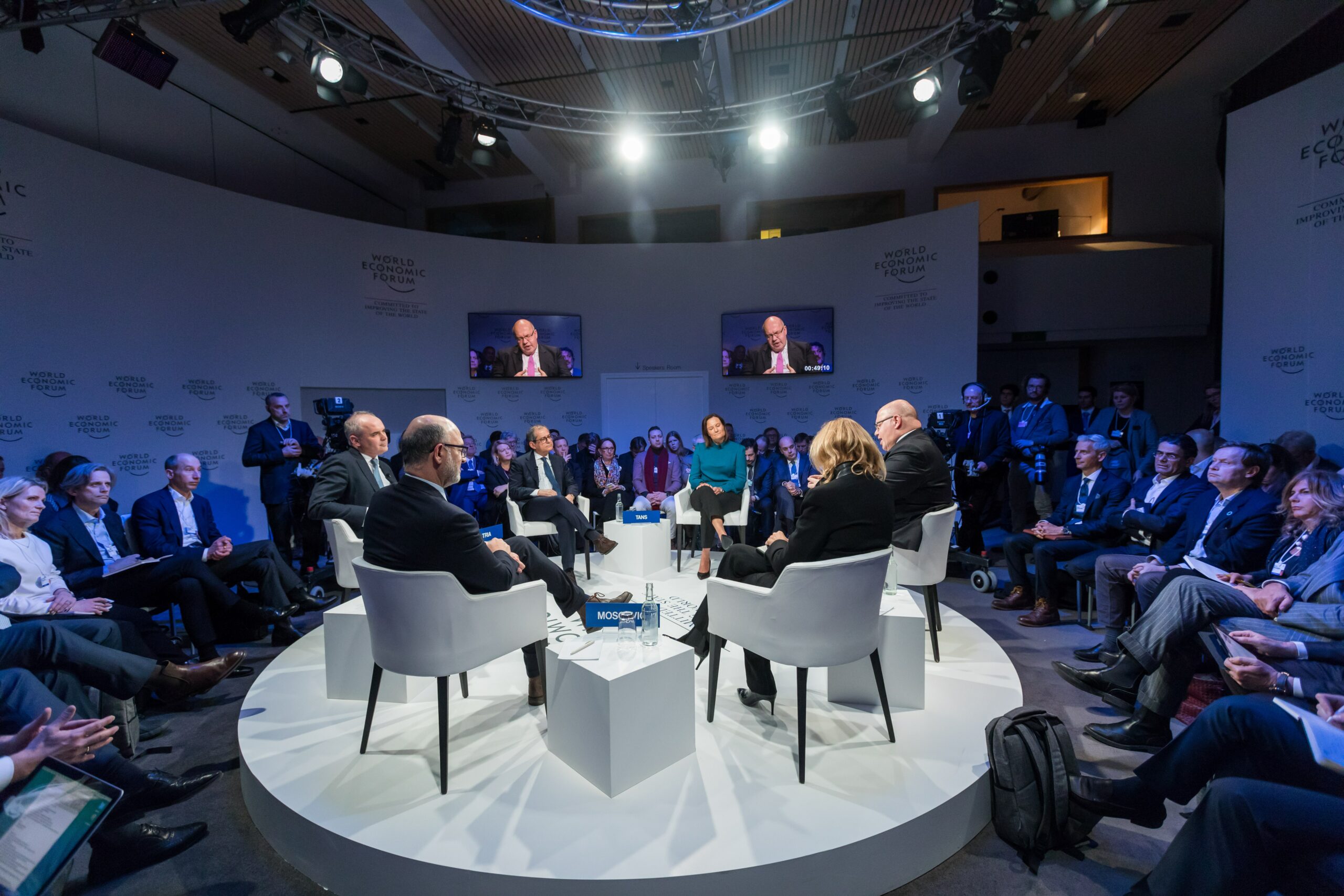Hey you !
Far from the classic formats, politicians are adopting more and more the codes of social networks. Live Instagram, Twitch channels, TikTok accounts, partnerships with youtubers… A new way to address their electorate and a strategy that deserves to be analyzed. Passion Media dissects the subject for you.
A new way to reach young people
Why venture into the social network game? It’s not quite an option anymore. Social networks capture a large part of our attention, sometimes even more than some media. And this is even more true for the Z generation, those who will make our society of tomorrow. For politicians, it’s a way to address them differently. The particularity? They can easily segment the speeches according to the desired target and the message to be conveyed (according to the age of the influencer, the subject or the preferred social network, etc…). It is also a way for them to create a certain proximity and to establish a form of trust.
The home made card by Gabriel Attal
Here is a place where we did not expect him. Gabriel Attal, Government Spokesman and Secretary of State to the Prime Minister, recently went to answer the microphone of fitness youtuber Tibo InShape (8 million subscribers). An adapted outfit, a vocabulary adjusted for the occasion, an informal atmosphere… They talked for a little more than half an hour about current affairs. And it was a success! The community was there. The format allowed us to address another audience, to reach out in a different way by adapting more to them. And since the fall of 2020, this is not the only action. Gabriel Attal has multiplied the appearances, the meetings (Enjoy Phoenix, Fabian, Julia Layani, Malek Delegate), the innovative formats. If these formats seem spontaneous, they are however carefully prepared. Influencers are carefully chosen, and the themes addressed are carefully selected. In short, a balancing act.
Le format vidéo par Jean-Luc Mélenchon
Il apparaissait déjà sous forme d’hologramme lors d’un meeting de campagne en 2017, Jean-Luc Mélenchon est un des politiques français qui s’est le plus tôt investi sur les réseaux sociaux. Le chef de La France insoumise avait par exemple créé une chaîne YouTube pour y proposer de façon hebdomadaire une rubrique “revue de la semaine”. Il y faisait le tour de l’actualité, et en profitait également pour parler de ses engagements de campagne. Depuis, il s’est déployé sur Instagram, Twitch et même TikTok. Une de ses vidéos a d’ailleurs cumulé pas moins de 4millions de vues. Que contenait-elle ? C’était un message au sujet des problèmes de Parcoursup, formulé en remixant les paroles de Anissa, de la chanteuse Wejdene.
An image issue and a risk to take
More than just a message, the use of social networks is a real image issue. For politicians, it is a way to show their ability to adapt to new means of communication, to embody modernity, to prove that they are in tune with the issues of each. There is also another interesting point: a Boomerang effect. An action on social networks can then be taken up by more traditional media and thus reach a much larger community than initially planned. A good springboard, which can sometimes turn into a bad buzz. However, it is a risk they have to take. Many of them testify about the necessity to be everywhere.
—
There is no longer one way to address people, but thousands. And for that, social networks are perfect! Politicians have understood this, and are trying, with varying degrees of success, to adopt the codes. In the United States, a person who embodies this new era wonderfully: Alexandra Ocasio Cortez, also called AOC.
)




